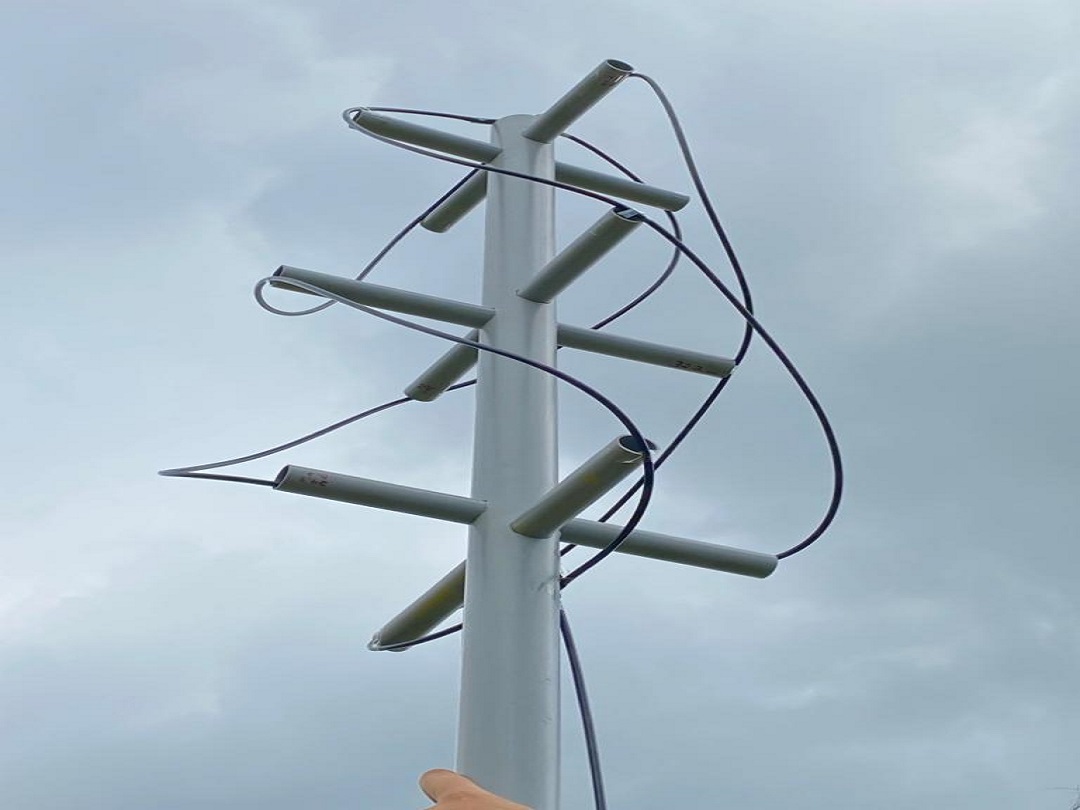
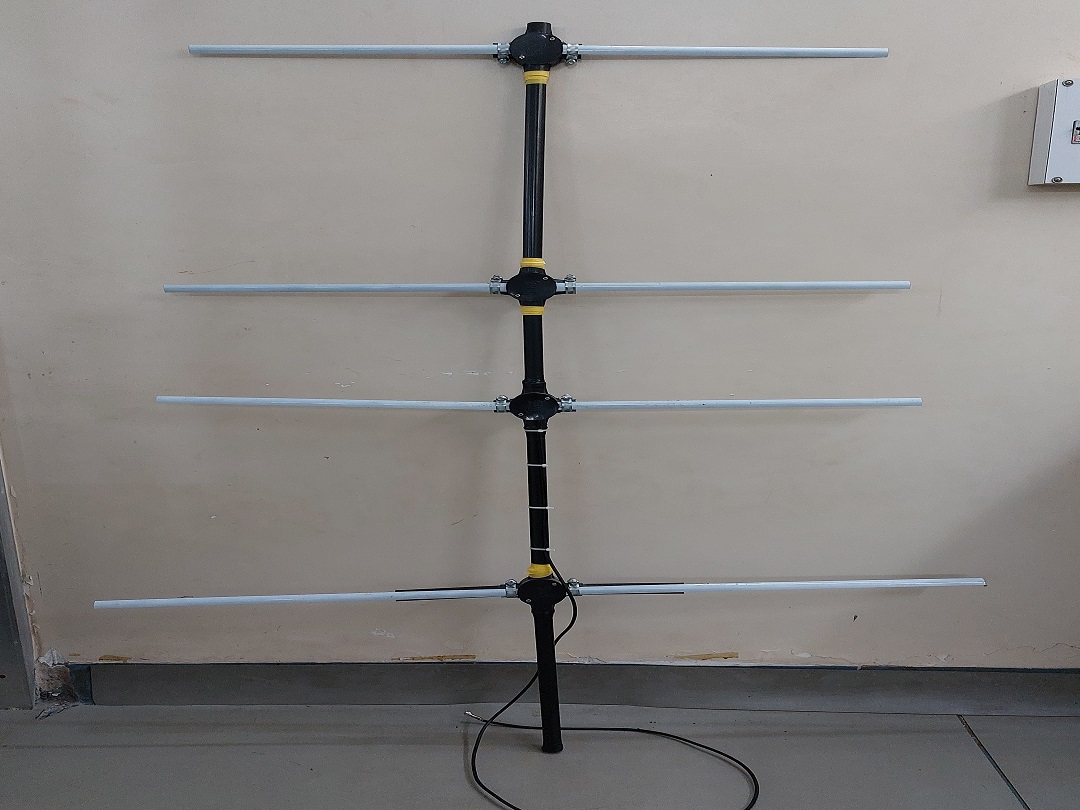
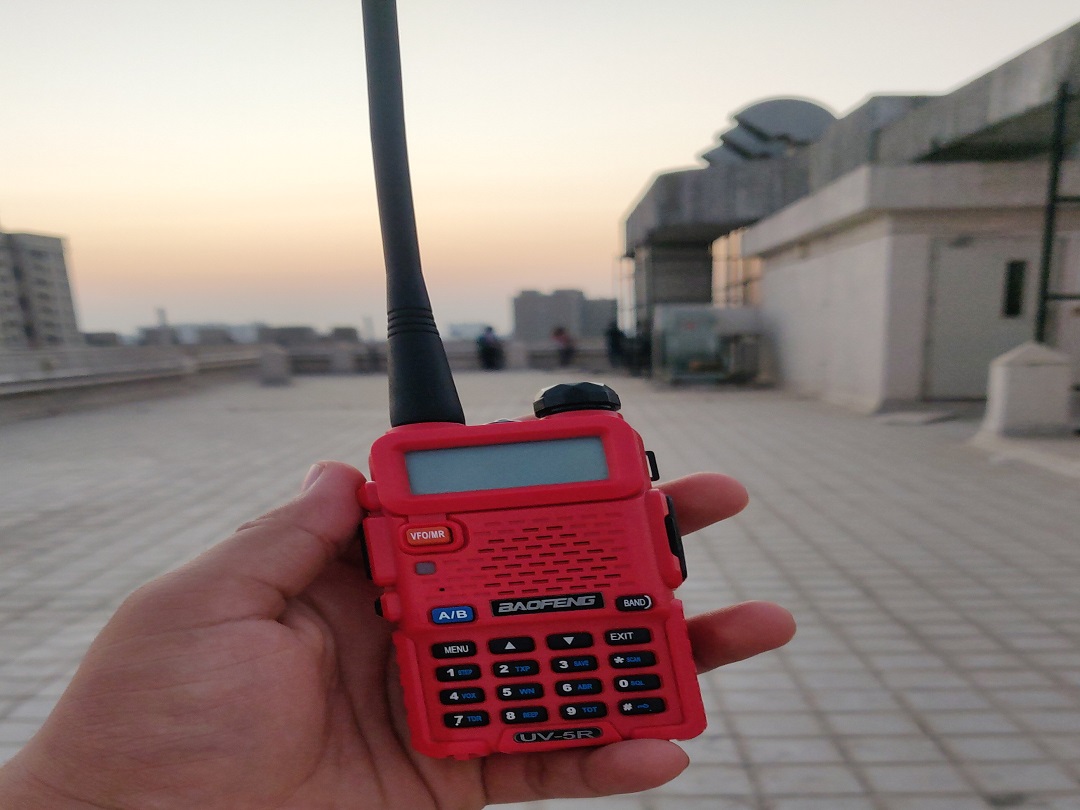

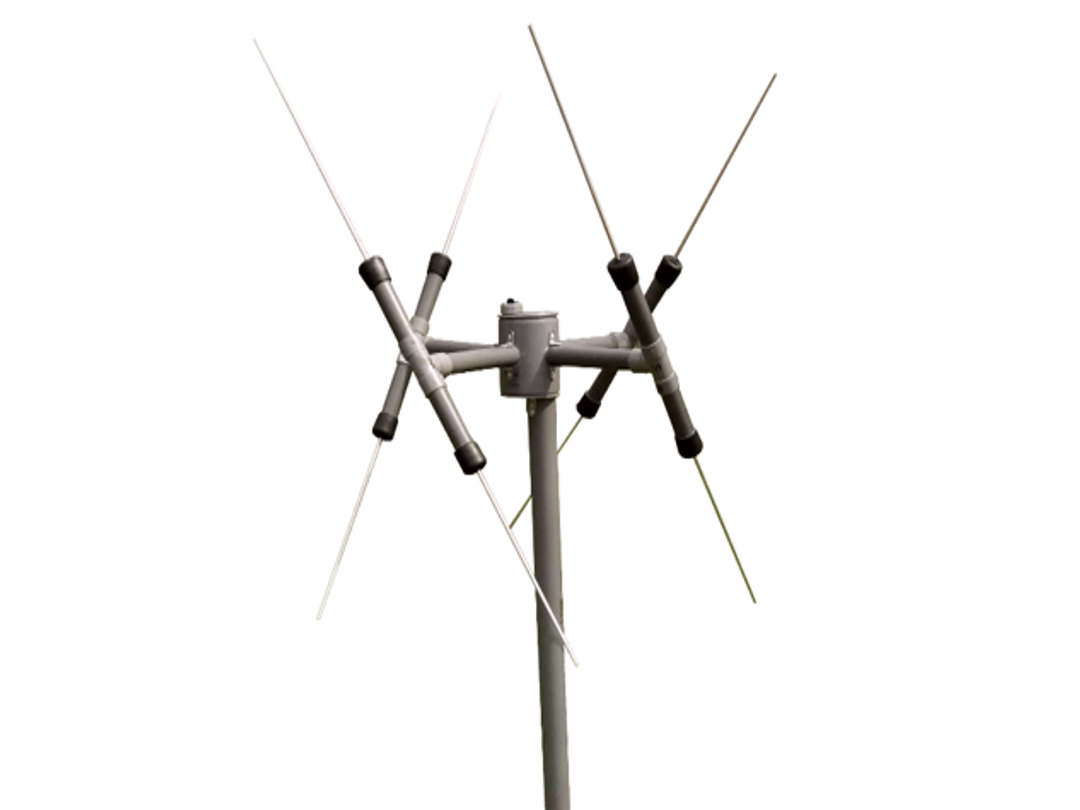
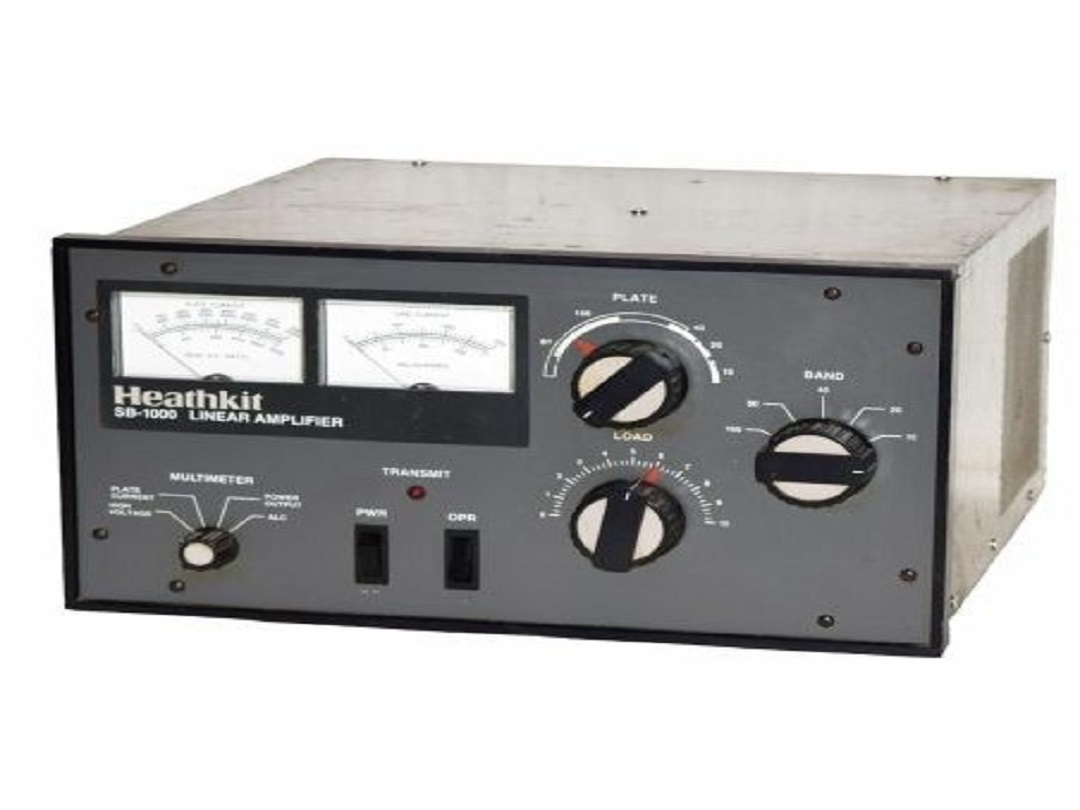
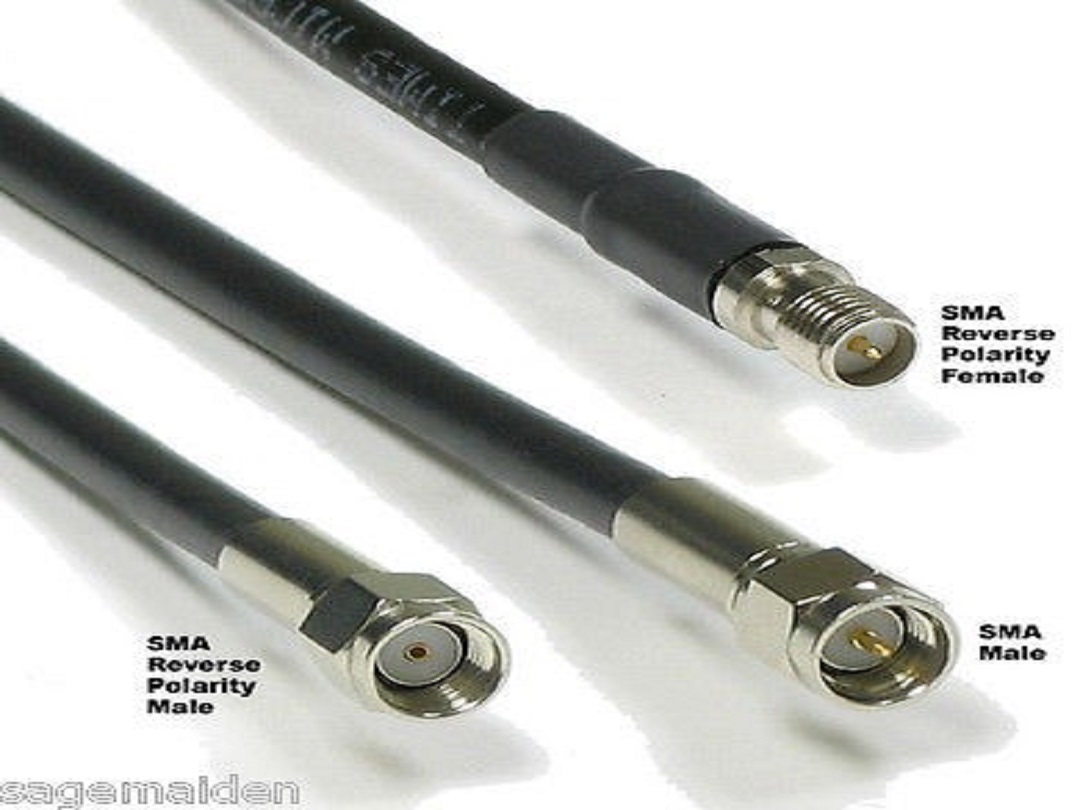
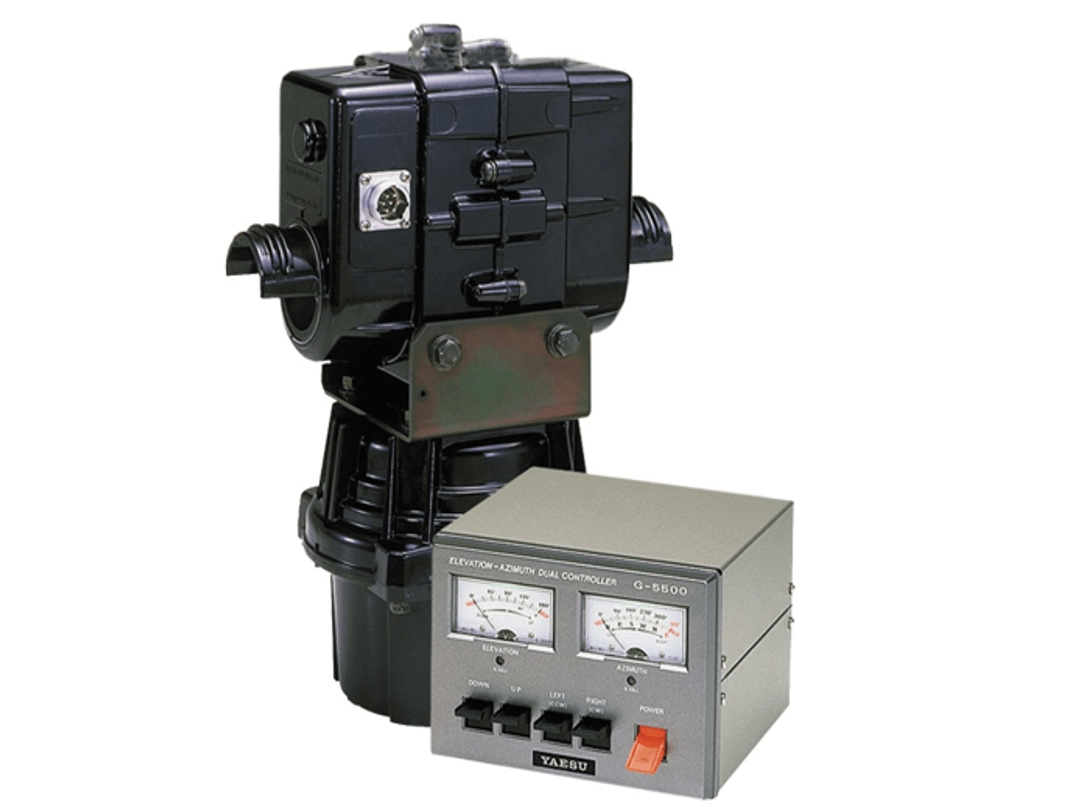
Ham is a hobby that can be pursued by anyone who owns a transceiver like handheld radio or Baofeng (more commonly known as a walkie-talkie). A ham radio operator can talk to other ham radio operators across the world and even receive signals which can be deciphered later using a simple application to convert them into images or audio or morse code. These signals could come from either space or far-off parts of the world.
Ham Radio has captivated the interest of countless thousands and provides a stimulating technical hobby for people around the globe. Many ham operators enjoy talking to far and distant friends.
We wish to familiarize people with the basics of what ham is and promote the amateur radio culture through various events, talks, and hands-on sessions.
Read more about the very basics of Ham Radio in our blog: Ham Radio 101
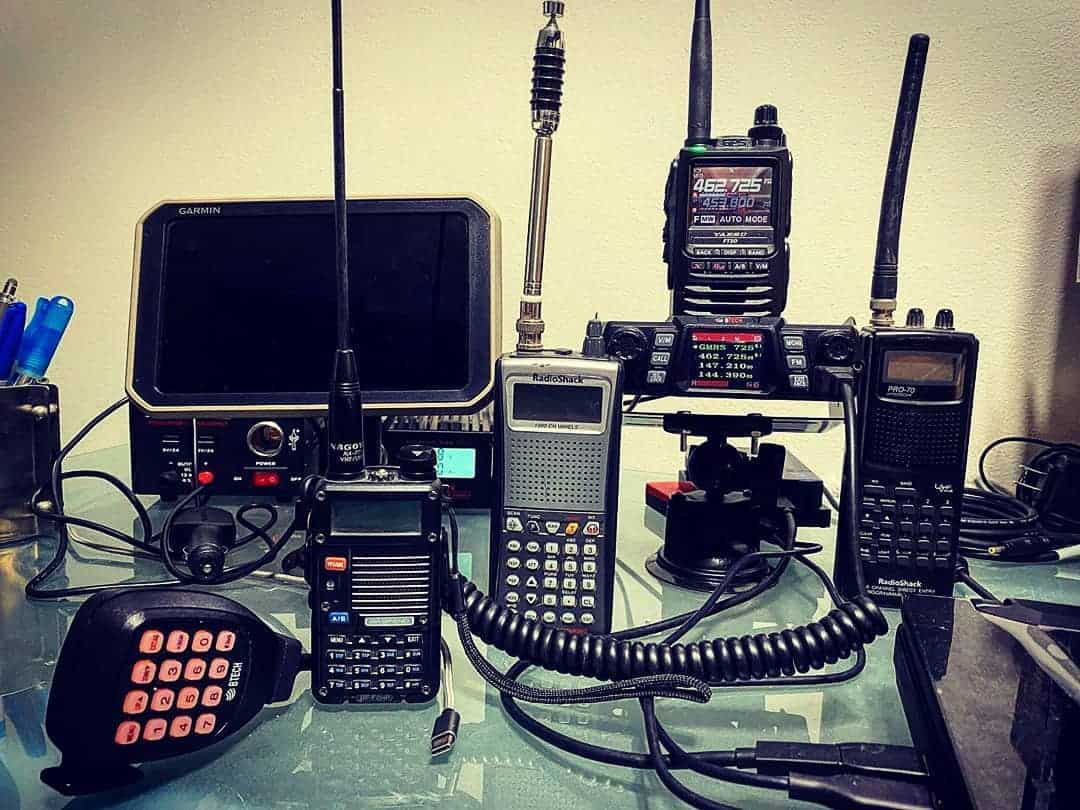
Peek into our radio shack and find out the basic details of all the hardware and equipment we use in order to communicate and track satellites. This was also covered in our Instagram series: Know Our Shack

QFH stands for Quadrifilar Helix or Quadrifilar Helicoidal Antenna. It is one of the various antennas used to capture images from low-level 24 hours orbit satellites. It’s actually two antennas, a small one inside a bigger one. It is easy to make and is omnidirectional and has excellent performance over the sky. It’s highly efficient to track NOAA satellites, in the frequency ranges of 137-138MHz (NOAA18 and NOAA19). Quadrifilar helix antennas are highly suitable as base station antennas for ground to air communication without having the requirement of multiple antennas.
The Yagi-Uda antenna is one of the most used antenna designs. It typically operates in the HF and UHF bands (about 3 MHz to 3 GHz). It is a highly directive antenna and is generally used for TV reception, tracking the International Space Station, and weather satellites such as NOAA 15, 18, and 19.
A hand-held radio, also known as a walkie-talkie, is a portable radio that can both transmit and receive radio waves (a transceiver). One can connect different types of antennas with the hand-held radio, based on the need. They are also used by groups of geographically separated people who need to keep in continuous voice communication.
Base station transceiver is equipment that requires heavy-duty, i.e., a continuous high power supply. It needs to be fixed at a particular location or mobile van. Kenwood TS 2000 is known for its “all-in-one” functionality as it can transmit on almost all amateur radio bands between 160 meters and 70 centimeters. Its RF Power Output ranges from 25W-200W.
Double-cross antenna is a rather complex-looking yet very simple antenna design. It consists of two pairs of dipoles, each tilted 30° from the vertical. It is an omnidirectional antenna with circular polarization. It is typically used to track NOAA satellites, in the frequency ranges of 137-138MHz (NOAA18 and NOAA19).
An amplifier is an electronic device that can increase the power of a signal (a time-varying voltage or current). It is a two-port electronic circuit that uses electric power from a power supply to increase the amplitude. A low noise amplifier is used to amplify the received signal (without amplifying the noise as much) by ham radio operators.
Cables and Connectors, as the name suggests, are required to connect two or more devices or equipment in our ground station. For RF transmission, the coaxial cable makes sure not to let the electromagnetic waves distort and helps signals travel larger distances. Each cable has its specific connector, i.e., coaxial connectors are used with coaxial cable. The two types of connectors- male connectors and female connectors depend on the location of threading and polarity.
An antenna rotator is a device used to change the orientation of a directional antenna. It has two parts- a rotor which is used to move the antenna to point in the direction of the satellite, and a controller for the rotor to make the process of tracking autonomous. The controller is normally placed near the antenna while the rotator is mounted on the antenna mast.